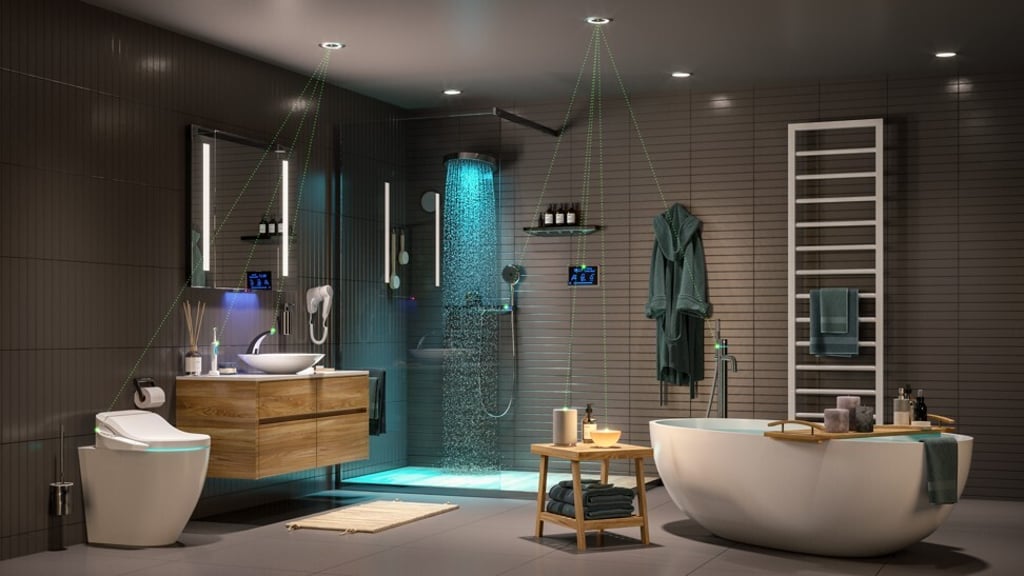How smart is your home? Does your fridge tell you what’s inside, and can your TV disappear when turned off?
- Interior designers are incorporating the latest technological features into their projects, as demand surges for luxury homes with internet-enabled devices and appliances

In its first iteration, smart home technology gave early adopters bragging rights.
There was something decidedly cool about letting colleagues know that when you arrived home from work, the lights would be already on, the room temperature just right, and the mood music playing – because you’d commanded it to be so.
Over the ensuing years, smart home products have evolved from novelties to sophisticated must-haves, and today no high-end home worth its salt would be without a full suite of intuitive automated devices that exist to keep the occupants healthy, comfortable, connected and secure.
Hongkongers got their first real taste of how the Internet of Things – a network of connected devices that “talk” to each other – would transform lives and their homes when, in 2013, a futuristic smart living apartment designed by Clifton Leung, founder of Clifton Leung Design Workshop, opened at the PCCW-HKT store in Central.

Since then, the technology has advanced in leaps and bounds – it has become increasingly intuitive, affordable and user-friendly.